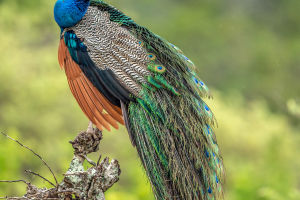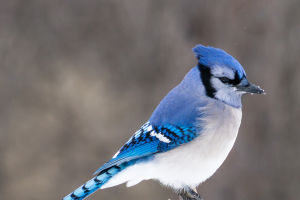Zebras are native to Africa and have thick stripes. Their busy life is looking for the best pastures in the world in the African savannah. Zebras evolved from primitive horses four million years ago. The earliest zebras may have been Grevy's zebras.
There are three main types of zebras, each with unique physical characteristics and ranges:
1. Plains zebra: The most common species of zebra found in most of eastern and southern Africa. They have thinner black and white stripes than other zebra species, and they have a more rounded body shape. Plains zebras are further divided into six subspecies.
2. Mountain zebra: found in the mountains of southern Africa. Compared to plains zebras, their stripes are wider and more spaced apart and they are more stocky.
3. Grevy's zebra: Found in the semi-arid regions of East Africa. They have narrow, tight stripes, and their legs are longer and more slender than other zebra species. The Grevy's zebra is also the largest of the three species.
All three species of zebra are threatened by habitat loss and hunting, with the Grevy's zebra being the most endangered. Despite their distinctive appearance, zebras are black with white stripes. Striped patterns are thought to provide camouflage, deter predators, or help regulate body temperature.
Zebras are herd animals and usually live in groups on the African savannah. Here are some common habits of zebras:
1. Grazing: Zebras are herbivores and spend most of the day grazing on grass and other vegetation.
2. Watering: Zebras need to drink water regularly, and they often travel long distances to find water.
3. Social: Zebras live in groups and form close bonds with other group members. They often groom each other as a way to strengthen these bonds.
4. Run: Zebras usually run away when threatened by a predator. They can run at speeds of up to 40 miles per hour.
5. Vocalization: Zebras make a variety of vocalizations, including barking, barking, and snorting. These sounds are used to communicate with other members of the herd.
6. Rest: Like all animals, zebras need rest to conserve energy. They usually lie down and rest, especially during the hottest part of the day.
7. Migration: Certain species of zebras migrate seasonally in search of food and water. During these migrations, they may move hundreds of miles.
Overall, zebras have adopted a variety of habits to help them survive in their natural environment.
Zebras face multiple threats, including habitat loss, hunting, and competition with livestock. Here are some steps you can take to protect zebras:
1. Habitat Conservation: One of the most important ways to protect zebras is to preserve their natural habitat. This includes protecting grasslands, savannas, and other areas where zebras inhabit from habitat destruction and fragmentation.
2. Anti-poaching measures: Hunting zebras for their meat and hides is a major threat to their survival. Anti-poaching measures, such as increased patrols and tougher penalties for poachers, can help deter illegal hunting.
3. Control domestic animals: Domestic animals, such as cows and goats, can compete with zebras for food and water. Measures such as grazing management and creating buffer zones between livestock and wildlife can help reduce competition.
4. Education and awareness: Raising public awareness of the importance of zebras and the threats they face can help build support for conservation efforts. This can include educational events, outreach to local communities, and ecotourism programs to support conservation.
5. Captive Breeding Programs: In some cases, captive breeding programs can help increase zebra populations and provide a source of individuals for reintroduction into the wild.
Overall, protecting zebras requires a multifaceted approach, including habitat protection, anti-poaching measures, livestock management, education, and captive breeding. By taking these steps, we can help ensure zebras continue to thrive in the wild.


